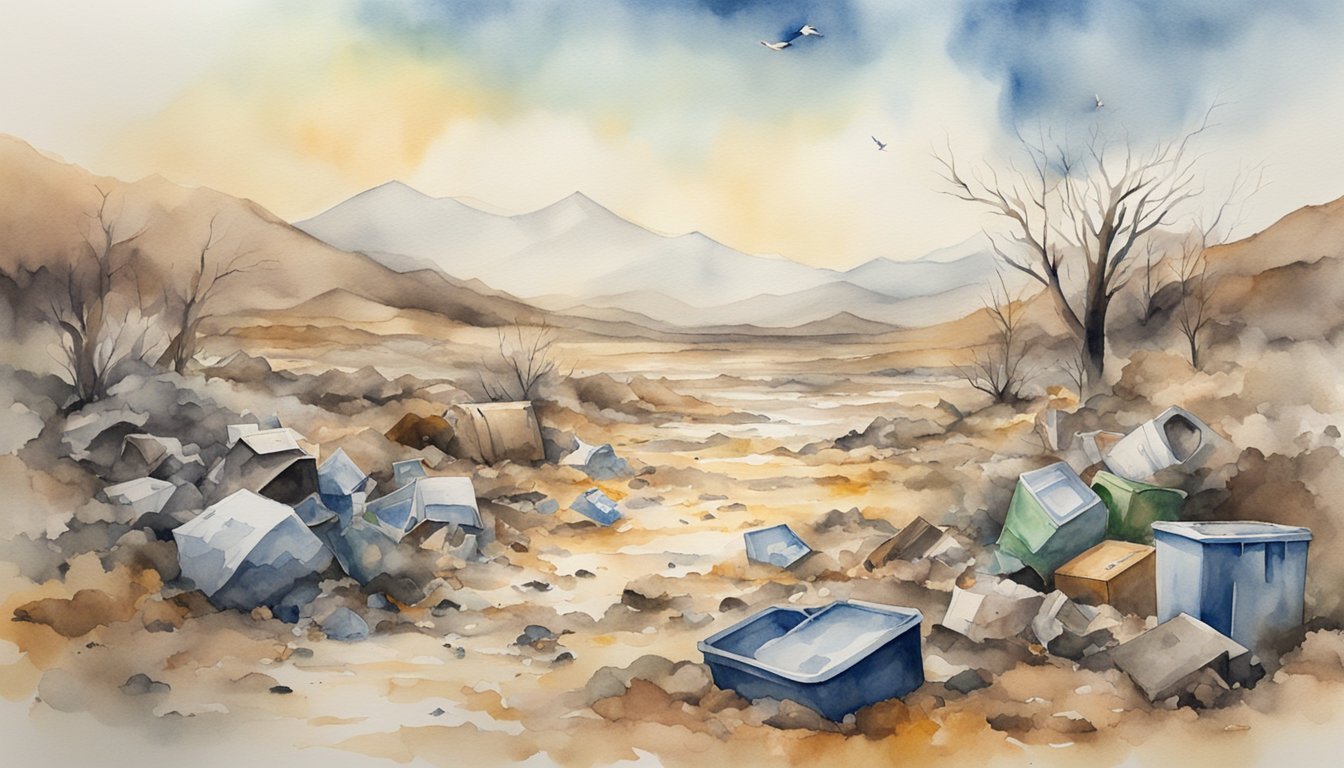Discovering the World’s Ugliest Animals
The quest to identify the world’s ugliest animals reveals not only strikingly unusual appearances but also serves as a testament to the diverse adaptations creatures have evolved. These animals challenge our notions of beauty in the natural world and play critical roles in their respective ecosystems.
Unmasking Unique Features
The proboscis monkey, known for its remarkable large nose, is a clear example of sexually dimorphic traits, with males featuring more pronounced snouts than females. Contrasting appearances are also found in the aye-aye, whose elongated middle finger assists in foraging, making it a unique primate of Madagascar.
The depths of the ocean conceal creatures such as the blobfish, which, despite appearing as a gelatinous mass when removed from its high-pressure environment, leads an ordinary fish-like existence deep sea. Similarly, the goblin shark and monkfish showcase bizarre features perfectly adapted to the dark, pressurized waters they inhabit.
Exploring Habitats and Ecosystems
Many of the world’s strangest-looking animals are integral to the health of their habitats. The star-nosed mole, for example, is an expert at navigating and foraging in murky environments thanks to its distinctive twenty-two tentacle-like nasal appendages that employ a form of touch-based echolocation.
Habitat loss is a significant threat to many of these unusual creatures. The California condor, Gymnogyps californianus, once faced extinction due to habitat destruction, but conservation efforts have helped in its recovery. The ugly appearance of the naked mole rat belies its crucial role in aerating the soil in African desert ecosystems, demonstrating the complex interconnectedness of appearance and function in the animal kingdom.
Conservation and Human Impact

In addressing the survival challenges of animals deemed less aesthetically pleasing, the human influence on conservation can be significant. From habitat destruction to active preservation efforts, our role is pivotal.
The Plight of Endangered Species
The conservation status of many unique species, not traditionally celebrated for their looks, grows increasingly perilous. For example, the Chinese Giant Salamander, one of the world’s largest amphibians, faces threats from poaching and habitat loss. Similarly, the distinct but endangered Giant Anteater, native to habitats ranging from savanna to rainforest, suffers due to the degradation of its ecosystems. The loss of these species would mean not only the disappearance of singular creatures but also the erosion of biodiversity critical to ecological balance.
The Role of Conservation Initiatives
While the plight of conventionally attractive wildlife often garners more attention, organizations such as the Ugly Animal Preservation Society work to highlight the importance of all species, regardless of their physical appeal. The International Union for Conservation of Nature (IUCN) categorizes numerous unappealing species as critically endangered, underscoring the need for intervention. Conservation efforts are broad and varied, aiming to mitigate factors such as climate change and habitat destruction through legal protection, habitat restoration, and awareness campaigns. These initiatives are vital in ensuring that the ecological roles of diverse species, no matter their physical appearance, are preserved for future generations.

